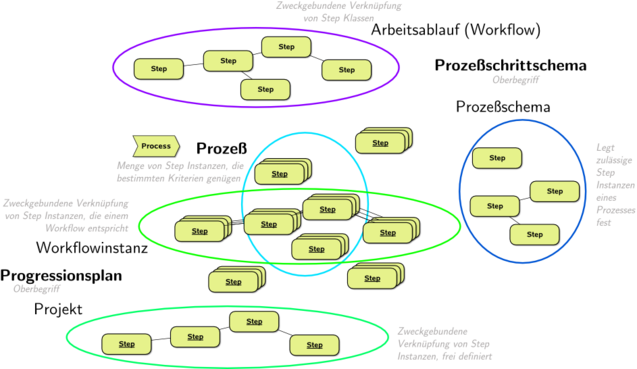Difference between revisions of "UBPML Referenz"
From OOEM
Jump to navigationJump to search
AndreasLeue (talk | contribs) |
AndreasLeue (talk | contribs) |
||
| Line 8: | Line 8: | ||
| [[Image:UBPMLClass.png]] | | [[Image:UBPMLClass.png]] | ||
| Basic symbols - note the distinction between classes (no underline) and instances (underline) | | Basic symbols - note the distinction between classes (no underline) and instances (underline) | ||
| UML standard | | [[UML]] standard | ||
|- | |- | ||
| [[Image:UBPMLObject.png]] | | [[Image:UBPMLObject.png]] | ||
| | | | ||
| UML standard | | [[UML]] standard | ||
|- | |- | ||
| [[Image:UBPMLClassInState.png]] | | [[Image:UBPMLClassInState.png]] | ||
Revision as of 11:05, 8 December 2009
UBPML Notation
| Notation | Bedeutung | Konformität |
|---|---|---|

|
Basic symbols - note the distinction between classes (no underline) and instances (underline) | UML standard |

|
UML standard | |

|
extension to UML, we expect it in UML 3.0 | |

|
extension to UML, we expect it in UML 3.0 | |

|
UML standard (introduced for activity diagrams) | |

|
UML stereotypes vs. new symbols (OOEM/BPM) | suggested UML usage conforming to standard |

|
specific UML usage conforming to standard | |

|
specific UML usage conforming to standard | |

|
UML usage | |

|
specific UML usage conforming to standard | |

|
specific UML usage conforming to standard | |

|
A step is the explicitly performed change between an initial and a final constellation | specific UML usage conforming to standard |

|
Same as above, but with instances instead of classes | specific UML usage conforming to standard |
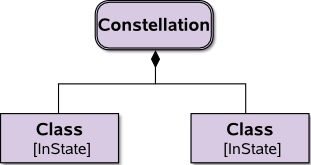
|
extension to UML | |
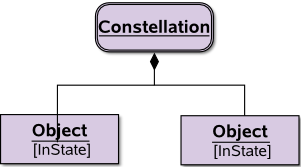
|
A constellation is an aggregation of certain objects within certain states | extension to UML |
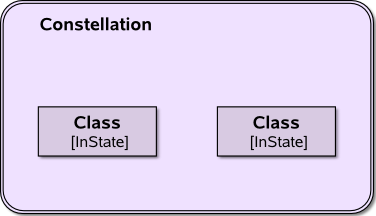
|
An alternative notation for a constellation | extension to UML |
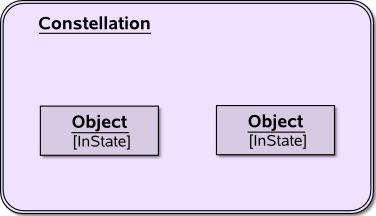
|
extension to UML | |
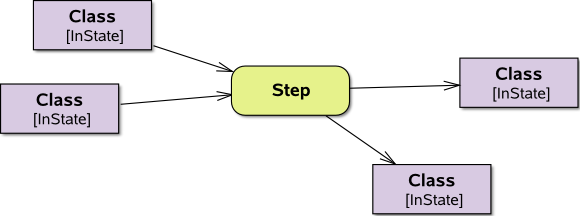
|
Constellations can be shown in detail | UML standard |
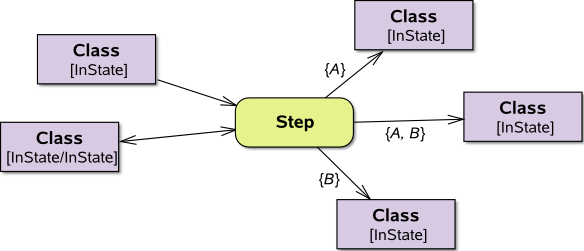
|
Steps can have different (mutually exclusive) final constellations; individual classes/instances may be shared by these constellations | UML standard |

|
All standard UML notation is valid, e.g. constraints | UML standard |

|
||
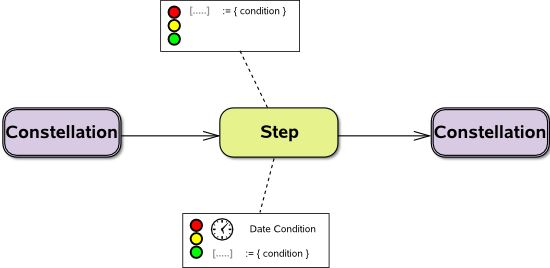
|
||
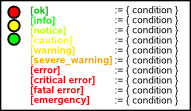
|
||

|
||

|
Of course actors and timing constraints can be placed here; optionally with nice symbols | UML standard |
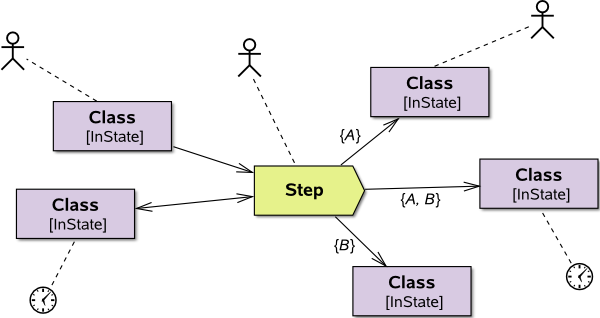
|
A more complex example of annotations | UML standard |
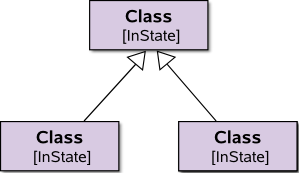
|
extension to UML | |
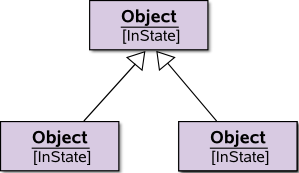
|
extension to UML | |

|
Steps can be derived from as is true for any normal class; derivation of classes and instances within a certain state expresses a substate relationship | extension to UML |

|
Partially completed work can be shown in a natural way | extension to UML |
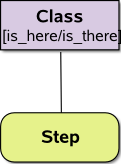
|
extension to UML | |
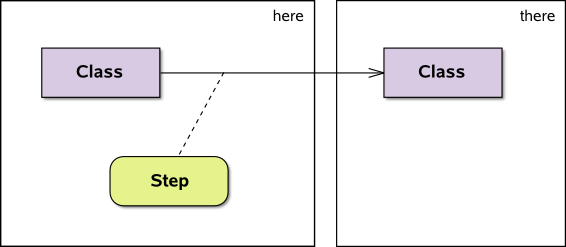
|
A notation for location changes, as a special case of state changes | extension to UML |
